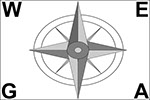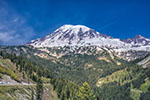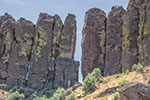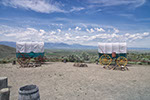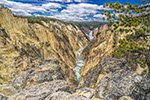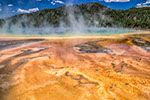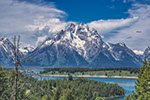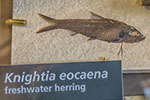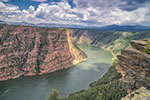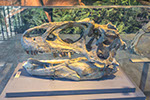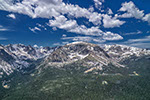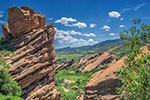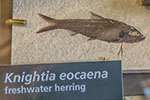WEGA in the North West United States
May 29th to June 11th 2016
Day 9 - Monday 6th June 2016
Today was a relatively short hop from Yellowstone to Jackson but there was rather a lot to see - and one that we missed! - but that was at the end of the day. We headed towards Yellowstone Lake and it was not long to our first stop.
This was at "The Sulphur Cauldron" but what first caught our attention was a fumarole in the lay-by. Thermal activity happens where it happens, without respect to what we do on the surface.
The Sulphur Cauldron is extremely acid - ten times more acidic than lemon juice, whatever that means - it has a pH of about 1.2. But it is not lifeless. There is a thriving colony of thermoacidophiles in the water converting hydogen sulphide emanations into sulphuric acid.
There was a buffalo lying on the ground nearby, oblivious to everything. Perhaps he was enjoying the heat of the ground and, if the flies were avoiding the mephitic emanations, a fly free environment.
Parking may be hell in Bristol but we do not normally get an entrance to hell in the car park! A fumarole in a lay-by on the road to Yellowstone Lake
The Sulphur Cauldron on the left, more activity on the right and a buffalo taking the air below the crater - perhaps he can get away from flies!
A short way down the road was the Mud Volcano Area. Sadly the Mud Volcano has lost its volcano but there was still a lot to see. At Sour Lake, named, one presumes, for its acidic water, we got reasonably close to a rather large buffalo. But it was on the other side of an arm of the lake and of a fence. It also looked rather sleepy. Rather more active were the Mud Volcano and the Dragons Mouth Spring.
Doug writes about this area in his notes which you can see HERE.
We continued south, past Yellowstone Lake and out of Yellowstone Park and, seamlessly, into Grand Teton National Park. We soon became aware that the geology had changed with our first site of the Tetons. This spectacular mountain range is the youngest in the lower 48 - the Teton fault, which raises them up is dated ~ 6 to 9 Ma with an uplift rate of ~ 2mm/year - but the rocks uplifted are the oldest, being Archean in age. The throw of the fault may be up to 30,000'!
Doug writes about the geology and much else HERE. All I can do is show some photos.
After looking at the Tetons from the Jenny Lake Road we took the back roads into Jackson; checked into our hotel then set off to look for elk along the Gros Ventre Road. We got to a parking area as an elk hove into view and the rain started. And it was one of the heaviest thunderstorms I have ever been in! We couldn't leave the van, the elk decided to run for cover and we went home. An anti-climactic end to a very nice day.
The view from Signal Mountain. The road up the mountain ends on the wrong side! You do not get views of the Tetons! However this is not too bad.
WEGA in the North West United States
